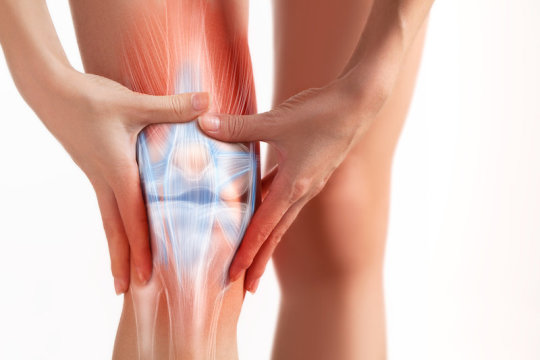Source: Thailand Medical News Nov 29, 2019 6 years, 1 week, 1 day, 21 hours, 47 minutes ago
New research by the Carnegie Institution of Washington reveals the existence of
tendon stem cells that could potentially be harnessed to improve
tendon healing and even to avoid surgery.

The buildup of scar tissue often makes recovery from torn rotator cuffs, jumper’s knee, and other tendon injuries a painful, challenging process, often leading to secondary
tendon ruptures.
Carnegie’s Dr Chen-Ming Fan told
Thailand Medical news “
Tendons are connective tissue that tether our muscles to our bones. They improve our stability and facilitate the transfer of force that allows us to move. But they are also particularly susceptible to injury and damage.”
Sadly, once
tendons are injured, they rarely fully recover, which can result in limited mobility and require long-term pain management or even surgery. The culprit is fibrous scars, which disrupt the tissue structure of the
tendon.
The recent study was published in the medical journal, Nature Cell Biology.
Along with Carnegie’s Dr Tyler Harvey and Dr Sara Flamenco,Dr Fan revealed all of the cell types present in the Patellar
tendon, found below the kneecap, including previously undefined
tendon stem cells.
Dr Tyler Harvey , lead author of the study commented, “Because tendon injuries rarely heal completely, it was thought that
tendon stem cells might not exist. Many searched for them to no avail, but our work defined them for the first time.”
Typically,
stem cells are “blank” cells associated with nearly every type of tissue, which have not fully differentiated into a specific functionality. They can also self-renew, creating a pool from which newly differentiated cell types can form to support a specific tissue’s function. For example, muscle
stem cells can differentiate into muscle cells. But until now,
stem cells for the
tendon were unknown.
The team’s research surprisingly showed that both fibrous scar tissue cells and
tendon stem cells originate in the same space, the protective cells that surround a
tendon. What’s more, these
tendon stem cells are part of a competitive system with precursors of fibrous scars, which explains why
tendon healing is such a challenge.
The researchers demonstrated that both
tendon stem cells and scar tissue precursor cells are stimulated into action by a protein called platelet-derived growth factor-A. When
tendon stem cells are altered so that they don’t respond to this growth factor, then only scar tissue and no new
tendon cells form after an injury.
Dr Chen-Ming Fan added, “
Tendon stem cells exist, but the
y must outcompete the scar tissue precursors in order to prevent the formation of difficult, fibrous scars. Finding a therapeutic way to block the scar-forming cells and enhance the
tendon stem cells could be a game-changer when it comes to treating
tendon injuries.”
The team is seeking regulatory approvals to use the
tendon stem cells for treatments in the medical industry.
Reference: Harvey, Flamenco and Fan. 2019. A Tppp3+Pdgfra+ tendon stem cell population contributes to regeneration and reveals a shared role for PDGF signalling in regeneration and fibrosis. Nature Cell Biology. DOI: https://doi.org/10.1038/s41556-019-0417-z 